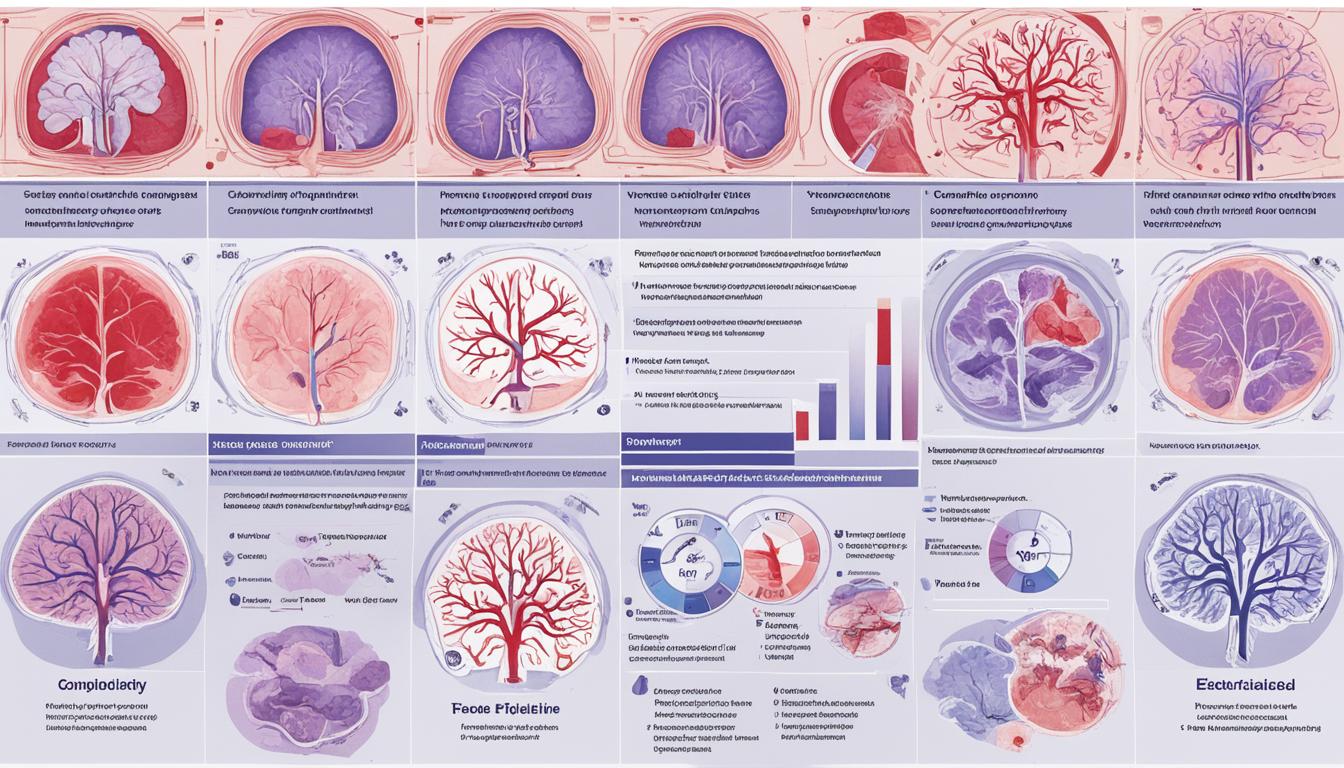Febrile seizures are the most common type of childhood seizures, affecting around 2% to 5% of kids. They usually happen in children from 6 months to 6 years old, especially in toddlers. A fever triggers these seizures, and they last for about 2 to 3 minutes. Children may lose consciousness and have jerky movements during a seizure.
It’s crucial to understand that febrile seizures are not the same as epilepsy. They are only caused by high fevers. Most febrile seizures end on their own and don’t last over 10 minutes. Kids having a febrile seizure often have a fever higher than 38.5 degrees Celsius.
Young age, with kids under 15 months being more at risk, and having a seizure early in the fever can lead to recurrent seizures. Family history of febrile seizures or epilepsy, along with no prolonged seizures, also increases the risk. Fortunately, in most cases, febrile seizures don’t cause brain damage. Only a small percentage of kids who have febrile seizures later develop epilepsy.
Key Takeaways:
- Febrile seizures are the most common form of childhood seizures.
- They are triggered by a fever and usually last for 2 to 3 minutes.
- Most febrile seizures stop spontaneously and rarely last longer than 10 minutes.
- Risk factors for recurrent febrile seizures include young age, family history of febrile seizures or epilepsy, and the absence of prolonged seizures.
- The long-term effects of febrile seizures are generally favorable, with no evidence of brain damage in most cases.
Causes and Risk Factors of Febrile Seizures
Febrile seizures are common in kids, but we don’t fully understand their cause yet. Studies show it’s a mix of genetic and environmental reasons.
A quick rise in body temperature is the main trigger. This is usually from infections like colds or stomach bugs. It leads to unusual brain activity, causing a seizure.
Other things like stress before birth, certain proteins in the body, and unique genes can also make seizures more likely. These risk factors affect some kids more than others.
Kids between 6 months and 6 years are at the most risk for febrile seizures. Having family members with a history of these seizures or epilepsy raises the chances. Specific gene changes can also increase the risk.
The serious of the illness causing the fever doesn’t directly link to febrile seizures. It’s how the body reacts to the fever and an individual’s seizure risk that matter.
Risk Factors for Febrile Seizures
| Risk Factors | Description |
|---|---|
| Youth | Febrile seizures are most common in kids between 6 months and 6 years old. |
| Family History | If there’s a family history of febrile seizures or epilepsy, the risk goes up. |
| Genetic Mutations | Certain gene changes have been linked to a higher chance of febrile seizures. |
Knowing the causes and risks of febrile seizures is important. It helps doctors and parents prevent and manage these seizures in at-risk kids.
Diagnosis and Management of Febrile Seizures
Febrile seizures happen when a child has a fever and a seizure. Doctors look at the child’s symptoms and history to diagnose them. They check for other reasons that seizures might happen, especially if they are different or last a long time. Tests like blood work and a spinal tap can help rule out serious issues like brain infections.
Most febrile seizures stop on their own and don’t need special treatment. But it’s crucial to keep the child safe during a seizure. This means making sure they can’t get hurt and removing anything that might cause them to choke. If the seizure goes on for more than 5 minutes, getting medical help right away is important.
For febrile seizures, reducing the fever can be helpful. Doctors might suggest using drugs like paracetamol or ibuprofen. These can help bring down the fever and make the child feel better. In some cases, a doctor might prescribe diazepam (Valium) to keep the seizures from happening again in high-risk children.
Recognizing Febrile Seizures
Febrile seizures are common in children up to 6 years old, with toddlers at the highest risk. They often come with a high fever. During the seizure, a child might go unconscious and have jerky body movements. Seizures usually last 2 to 3 minutes and then stop. Most kids won’t develop epilepsy after having a febrile seizure.
It’s crucial for families and carers to know the signs of febrile seizures. This helps them react quickly and get the right help. Knowing how to handle and prevent febrile seizures is key to keeping kids safe and healthy.
Stem Cell Therapy for Seizure Febrile
Right now, there’s no stem cell therapy specifically for febrile seizures. But, researchers are looking into how stem cells might help with seizures. Studies show promise in early stages, offering hope for those with epilepsy, including febrile seizures. The aim of this therapy is to repair brain cells and prompt new cell growth. This could mean better control over seizures and fewer long-term effects.
Still, we need more research to grasp exactly how stem cells can address febrile seizures. We also need to confirm that this treatment is both safe and effective. So, the journey continues as scientists work to unlock the full potential of stem cell therapy for seizures.

